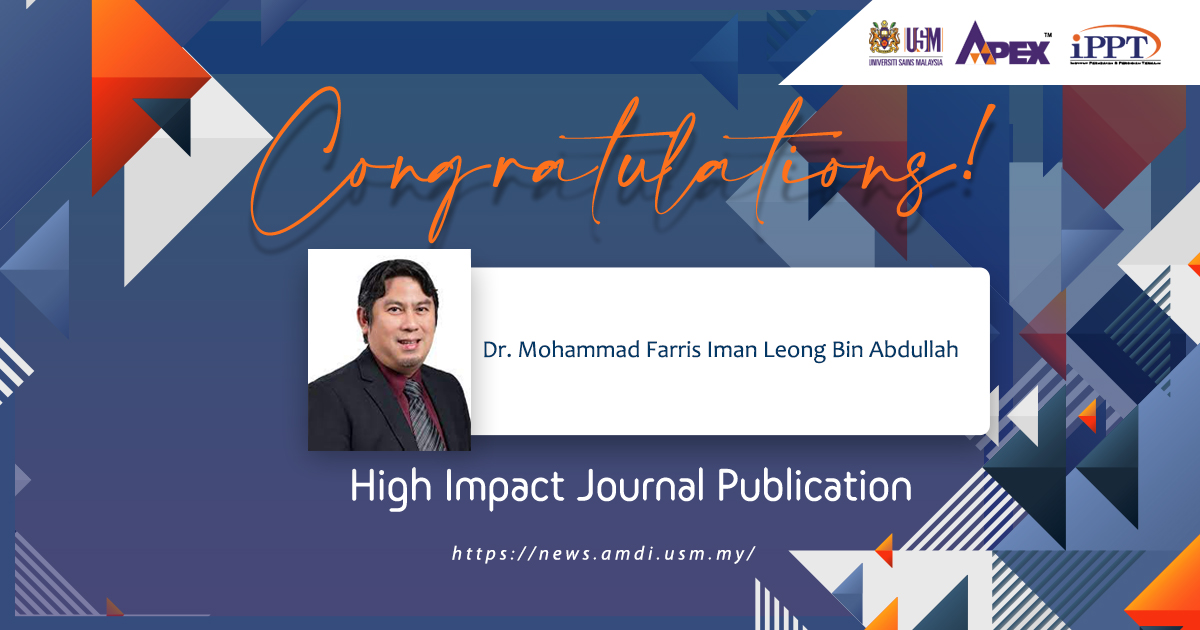Authors : Nur Iwana Abdul Taib, Nik Ruzyanei Nik Jaafar, Nazirah Azman, Mohammad Farris Iman Leong Bin Abdullah, Nurul Ain Mohamad Kamal, Azlin Baharudin, Muhammad Najib Bin Abdullah, Suresh Kumar Chidambaram, Alif Adlan, Loong Hui Tan, Satya Tamilselvam, Mohd Shahrir Mohamed Said, Anuar Abd Samad, Siti Nordiana Binti Dollah
Title of Publication : Stigma, Sociodemographic Factors, and Clinical Factors Associated with Psychological Distress among COVID-19 Survivors during the Convalescence Period: A Multi-Centre Study in Malaysia
Journal Name : International Journal of Environmental Research and Public Health
Quartile : Q1
Impact Factor : 4.614
Link :
https://doi.org/10.3390/ijerph20053795Description :
High rates of psychological distress among COVID-19 survivors and stigmatisation have been reported in both early and late convalescence. This study aimed to compare the severity of psychological distress and to determine the associations among sociodemographic and clinical characteristics, stigma, and psychological distress among COVID-19 survivors across two different cohorts at two different time points. Data were collected cross-sectionally in two groups at one month and six months post-hospitalisation among COVID-19 patient from three hospitals in Malaysia. This study assessed psychological distress and the level of stigma using the Kessler Screening Scale for Psychological Distress (K6) and the Explanatory Model Interview Catalogue (EMIC) stigma scale, respectively. At one month after discharge, significantly lower psychological distress was found among retirees (B = -2.207, 95% confidence interval [95% CI] = -4.139 to -0.068, p = 0.034), those who received up to primary education (B = -2.474, 95% CI = -4.500 to -0.521, p = 0.014), and those who had an income of more than RM 10,000 per month (B = -1.576, 95% CI = -2.714 to -0.505, p = 0.006). Moreover, those with a history of psychiatric illness [one month: (B = 6.363, 95% CI = 2.599 to 9.676, p = 0.002), six months: (B = 2.887, CI = 0.469-6.437, p = 0.038)] and sought counselling services [one month: (B = 1.737, 95% CI = 0.385 to 3.117, p = 0.016), six months: (B = 1.480, CI = 0.173-2.618, p = 0.032)] had a significantly higher severity of psychological distress at one month and six months after discharge from the hospital. The perceived stigma of being infected with COVID-19 contributed to greater severity of psychological distress. (B = 0.197, CI = 0.089-0.300, p = 0.002). Different factors may affect psychological distress at different periods of convalescence after a COVID-19 infection. A persistent stigma contributed to psychological distress later in the convalescence period.


